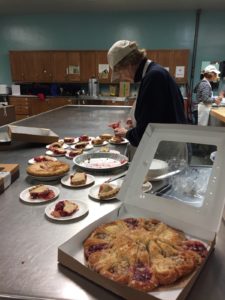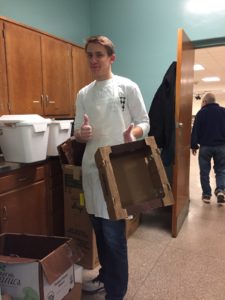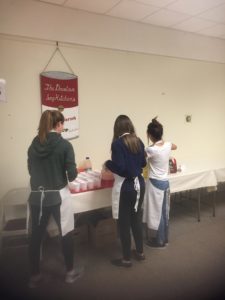Interview with Rob Booker
Sarah, Matthew, Parker, and Amanda interviewed Rob Booker, an employee from Saint Joseph’s County Community Corrections. This interview focused on the issue of chronic homelessness in St. Joseph County, specifically, and his perspective on the topic.
Date: Wednesday, February 22nd, 2017
Location: Mendoza College of Business
Participants: Parker Mathes, Amanda Berusch, Sarah Riehl, and Matthew McCormick
Profile of Interviewee:
Male, mid 40’s.
Has worked in community corrections for over 15 years. Began working directly out of college.
Helps facilitate various programs within the correctional facility. Has regular interaction with people in need of support and resources in the community.
Profile of St. Joseph County Community Corrections:
Capacity is 108 “residents” and the center is usually the last option before someone goes to jail or prison. Work release folks are from St. Joseph County. Looking for non-violent, first time offenders. Everyone in the program is required to work and they have to pay $100-$300 a week to be there. Includes housing, food, substance abuse counseling, employment teams, case managers, etc. People usually stay at facility for six months to two years. No juveniles are housed at the facility.
What is this person about – what drives him?
Rob has a very strong commitment to bettering the lives of people in his community. This is shown through almost two decades of dedication to St. Joseph County Community Corrections.
Memorable Quote from Interview:
“It would be nice if people could get adequate treatment and services sooner. It would be nice if they didn’t fall into crisis before someone realizes they have a problem.”
Top 3 Learnings:
- The biggest need right now in our community (from this perspective) is substance abuse programing. In the last dozen years, opioid abuse has become really out of control.
- Drug abuse leads to a slippery slope of problems. If you can’t stay clean, you can’t stay employed. If you can’t stay employed, you can’t keep your house, etc.
- Underlying mental health issues are a major part of drug abuse in the St. Joseph community.
Key Insight:
Homelessness among struggling people in the community occurs because of a number of different issues. There is rarely one reason as to why someone is without a home. A combination of drug abuse, unemployment, lack of personal support, and many other factors can lead to this problem. The resources allocated to helping drug abusers and those with mental illnesses are not enough. If there is one thing that Rob would change about the system, it would be to increase the financial resources available to those with drug problems and/or a mental illness in order to help them before their reach the point of homelessness or imprisonment.
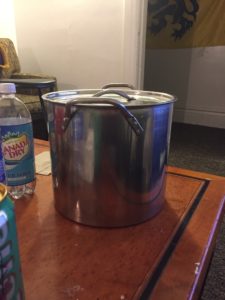
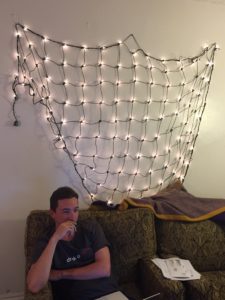
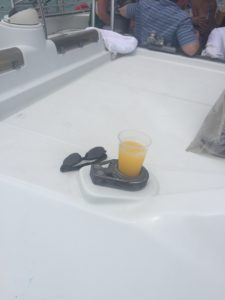





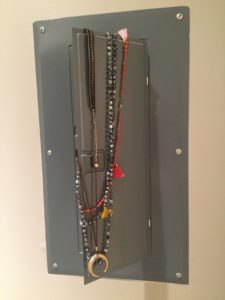

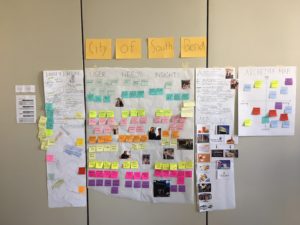
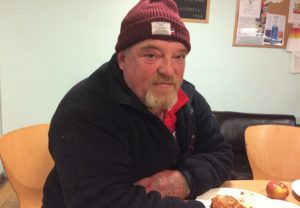
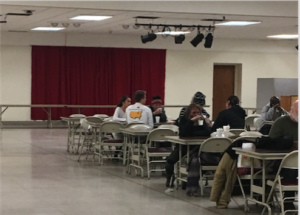 Date: 3/3/2018
Date: 3/3/2018